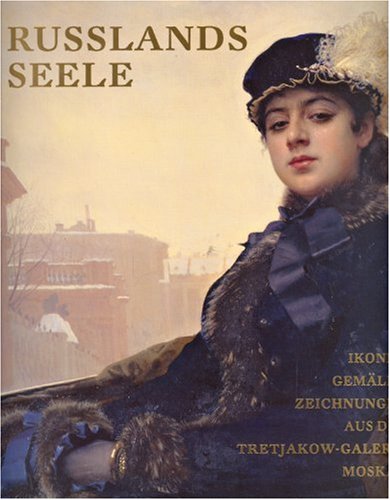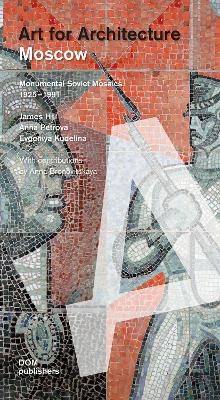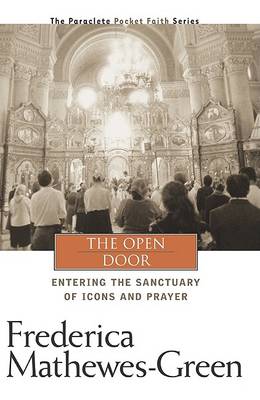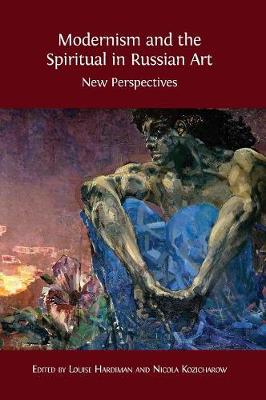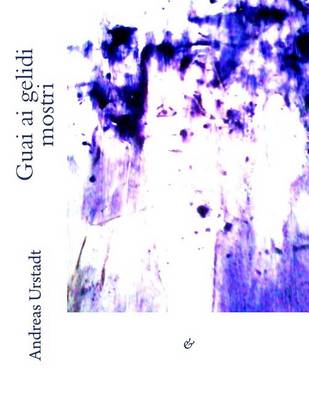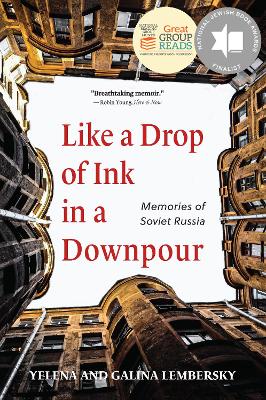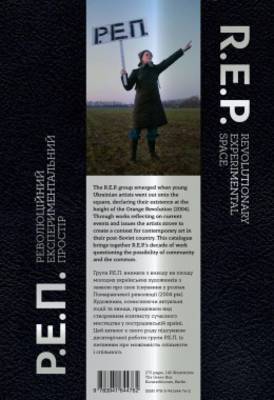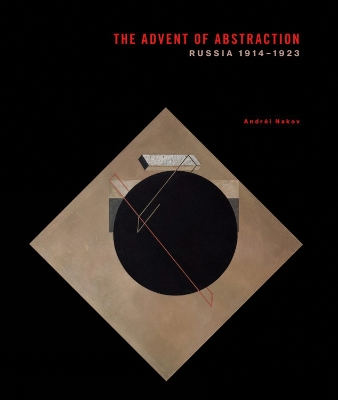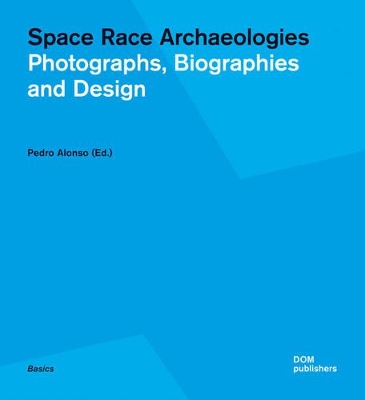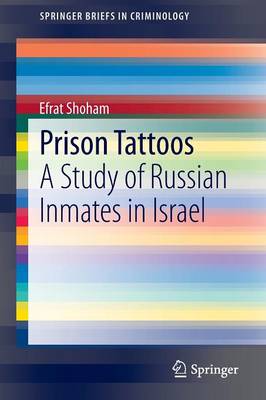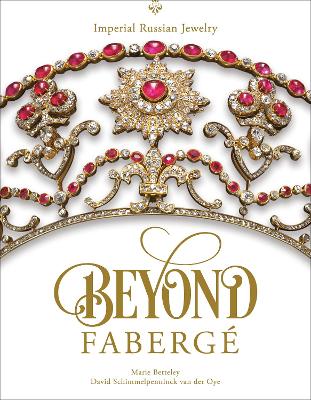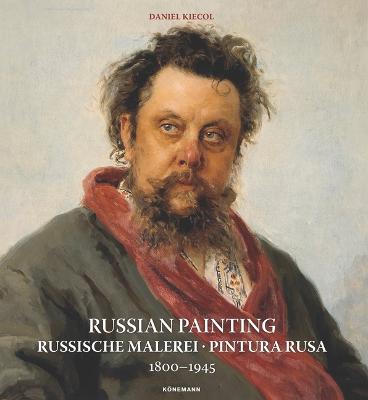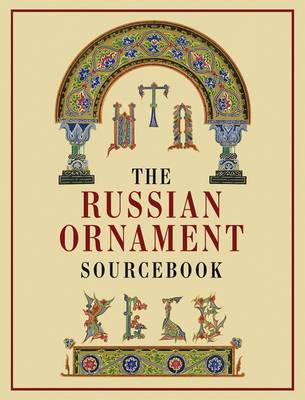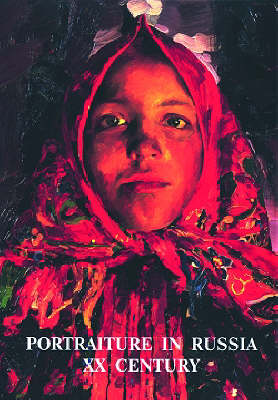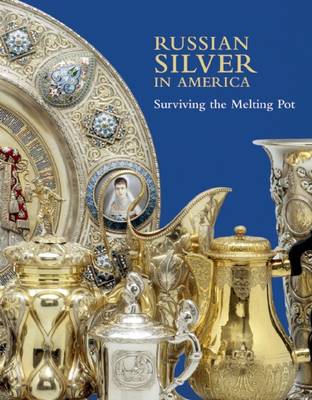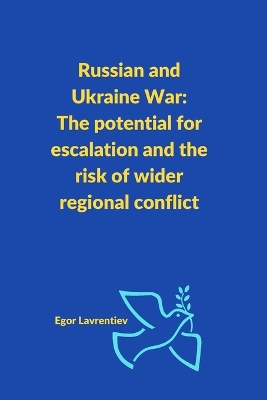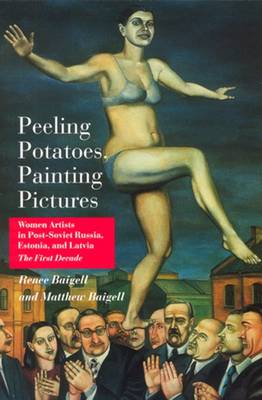Moscow: Soviet Mosaics from 1935 to 1990
by James Hill, Anna Petrova, and Evgeniya Kudelina
Monumental mosaics were created throughout the USSR, but they played a special role in its capital. While in other Soviet cities and republics monumental mosaics became common in the 1960s, in Moscow mosaic was used for art-deco works and social realist 'pictures'. The entire history of Soviet art is thus reflected in Moscow's metro stations, palaces of culture, military museums, hospitals, schools, and prefabricated houses. Today, many of these works are disappearing before our eyes, victims o...
Russian TV Series in the Era of Transition (Film and Media Studies)
Views the icons that would be found in a typical contemporary Orthodox church, explains their history and theology, and shows how icons can be used as a natural part of a worshiper's devotional life.
Fashioneast: The Spectre That Haunted Socialism
by Research Fellow Djurdja Bartlett
Like a Drop of Ink in a Downpour: in Soviet Russia is a memoir that traces the lives of a girl, Al na, her mother and her grandmother, and their quest to preserve the legacy of Al na's late grandfather, a prominent artist who depicted the Holocaust. For years his canvases are locked away in their apartment with no hope of being exhibited because of art policies of the state. When the family decides to emigrate the unexpected happens: Al na's father refuses to let her go, her grandmother leaves a...
Rep - Revolutionary Experimental Space
by Anna Lazar and Hedwig Saxenhuber
The Advent of Abstraction
The Russian Avant-Garde movement is a common term denoting a most remarkable art phenomenon that flourished in Russia from 1890 to 1930 which covered art, literature, cinema, sculpture, architecture and political propaganda. Work from this period is easily recognisable thanks to bright colours, geometric shapes and bold lettering. This lavishly illustrated exhibition catalogue features six major works from renowned Russian Avant-Garde artists : Kazimir Malevich, Vladimir Tatlin, Ivan Kliun, Ilja...
As the byproduct of the Cold War, the space race produced a considerable number of objects disseminated in networks, not only in the East and West but also in the global South: rockets, launching pads, satellite tracking stations, astronomical observatories, and several other pieces of design, machineries and infrastructures. These objects are remnants of a modernity tied to secrecy, war deterrence, and mass media associated to outer-space politics.
This Brief studies the important role that tattoos play in prison culture, and examines its unique manifestation among minority inmates. This work aims to provide a better understanding of prison group culture, particularly among social marginal groups, through the lens of Russian immigrants in Israeli prisons. Russian immigrants currently represent approximately 25% of the total Israeli prison population, and this book examines how tattoos show an important form of rebellion amongst this group....
Beyond Fabergé
by Marie Betteley and David Schimmelpenninck van der Oye
A rare look at the exquisite world of Russian treasures that lies beyond Fabergé. Imperial Russia evokes images of a vanished court’s unparalleled splendor: magnificent tiaras, gem-encrusted necklaces, snuffboxes, and other diamond-studded baubles of the tsars and tsarinas. During that time, jewelry symbolized power and wealth, and no one knew this better than the Romanovs. The era marked the high point of the Russian jewelers' art. Beginning with Catherine I's reign in 1725, in the century when...
Russian Painting (Art Periods & Movements Flexi) (Art Periods & Movements)
by Daniel Kiecol
The Russian Ornament Sourcebook is a wonderful compendium of decorative details derived from ancient Russian manuscripts from the tenth to the sixteenth Century. The book starts with a brief history of Russian ornament by Maria Orlova, a member of the Russian Academy of Arts. The main body is divided in two parts; the first half containing hundreds of decorative motifs in full colour arranged in chronological groups. The second half provides templates, which can be used for tracing or scanning d...
The theme of this publication is Russian portraits since 1900, painting a vivid picture of every period in the 20th century. The more than 460 illustrations were all taken from the collection of the State Russian Museum in St Petersburg, home to the world's largest collection of Russian art. The various movements and styles in which 20th-century artists worked are widely reflected in portraiture. Those whose lives are indelibly linked to the events of the past century are depicted in realistic a...
The Hillwood Museum's Russian silver collection is the largest and most comprehensive outside Russia. 'Russian Silver in America' surveys Russian silver production, its changing forms, styles, imagery and techniques over more than 250 years, drawing on the collections of both the Hillwood and other US museums. A beautifully illustrated book which provides a proper cultural, political and historical context in which to view this fascinating collection, it charts the history of Russian silver thro...
14th century Moscow was a significant cultural centre in Russia and played a leading role in the development of Russian art. The Moscow school of early Russian painting included such artists as Theophanes the Greek, Andrei Rublev and Dionysius, who rank among the artistic geniuses of medieval Russia. This volume, written by a specialist in early Russian painting, contains reproductions of works by icon painters for cathedrals in Zagorsk, Vladimir and Moscow. The works are now housed in the Sovie...
The Russian artist Kazimir Malevich was one of the great figures of twentieth-century art, and a pioneer of abstraction, whose painting The Black Square of 1915 has become an icon of modernism. Yet he is a creative figure about whom much still remains to be elucidated. Soviet scholarship ignored him for decades, and Western scholars were inevitably only able to work with the limited visual and documentary material that was available to them. It was only after the fall of Communism in 1991 that a...
The Blaue Reiter Almanac (Documents of 20th-Century Art) (Studio Book)
by Franz Marc and Wassily Kandinsky
The Blaue Reiter (Blue Rider) art movement was founded in 1911 by the young painters Wassily Kandinsky and Franz Marc, and was active in Europe until 1914. Originally published in Munich in 1912 and edited by Kandinsky and Marc-- the movements's almanac presented their synthesis of international culture to the European avant garde at large. In both the selection of essays and its innovative interplay of word and image, The Blaue Reiter Almanac remains one of our most critically important works o...
How do women artists in Russia, Estonia and Latvia view themselves in the post-Soviet era? What is their relationship to feminism and how has that relationship changed following the fall of the Soviet regime? Having conducted over 60 interviews between 1995 and 1998, Renee and Matthew Baigell explore in this volume these women's difficulties of pursuing an art career in a male-dominated society, and the attitudes of their male counterparts toward feminist concerns. The artists interviewed - some...
